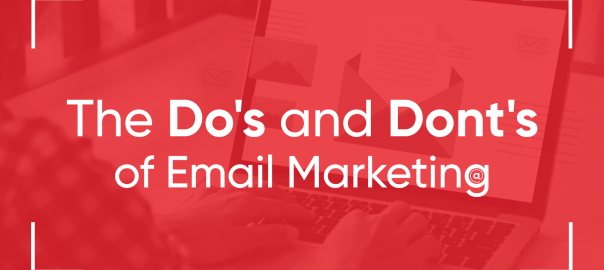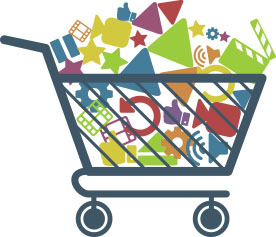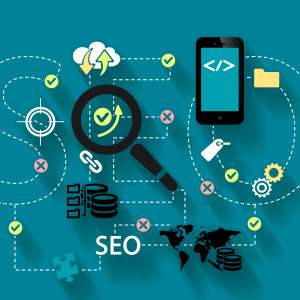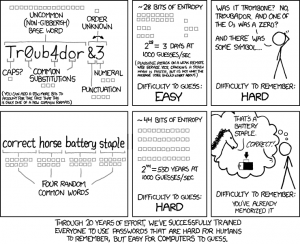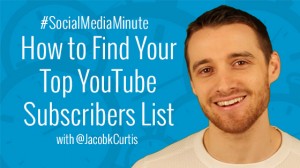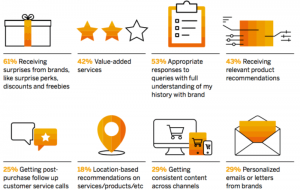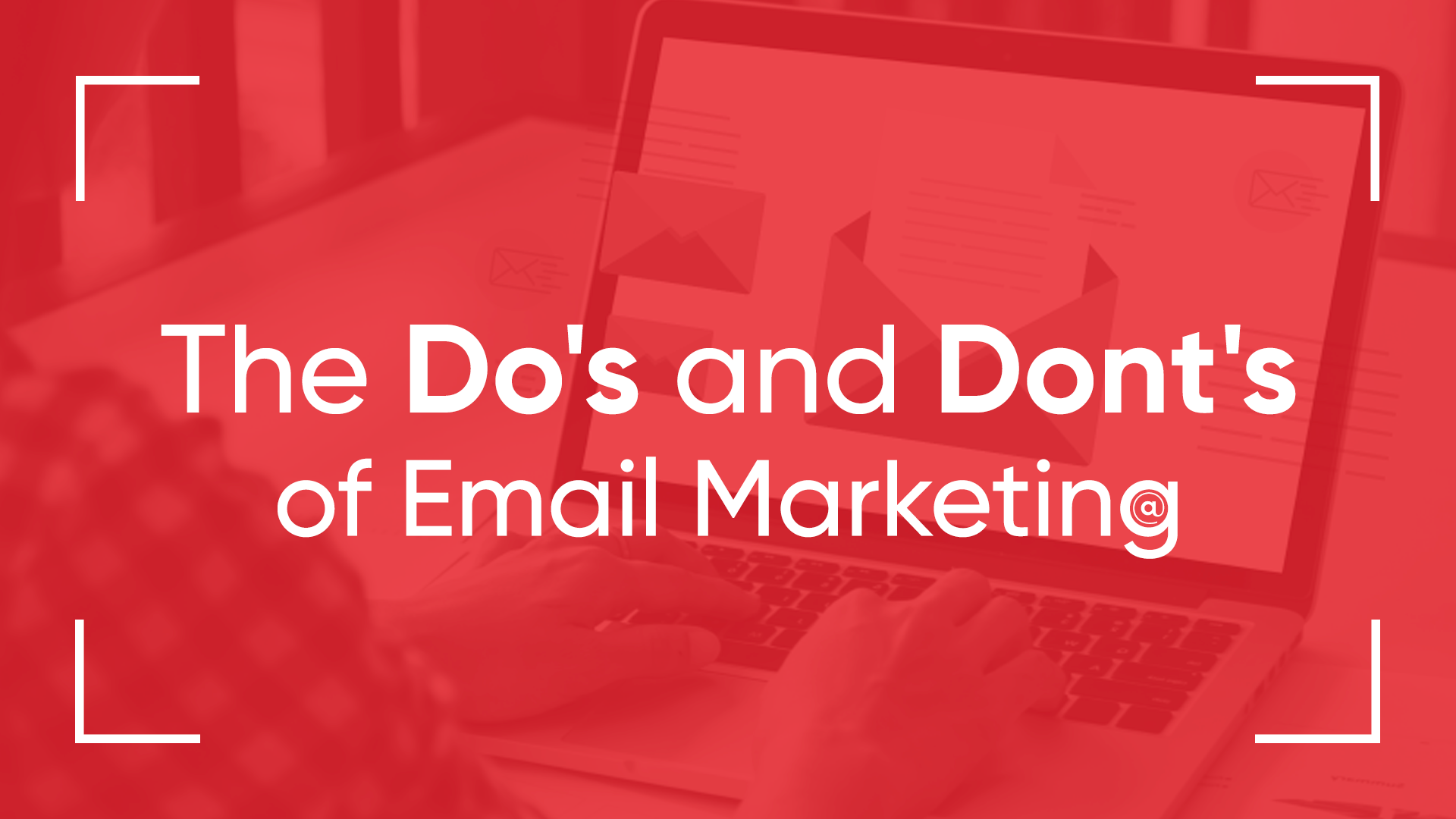
It’s odd to think there was a time when we didn’t have the luxury of emails. And now, in 2021, although it may be unexpected, it is still the most popular way for businesses to communicate with their customers. In fact, 80% of small businesses rely on email as their primary customer growth and retention channel.
At the same time, even if people open an email, they may not engage with the content. Check out these critical email marketing do’s and don’ts to get the most out of your email marketing.
THE DO LIST
Optimize onboarding emails
Your onboarding email is the email that can make or break a future loyal customer… No pressure! Having your customers create an account and give their contact information helps with onboarding. After getting an initial customer, there is a risk of them leaving because they don’t understand the value you will increasingly add to their lives.
A good metric to look at for onboarding is the 90-day clock. Analysis across several industries found that the average mobile app retention rate after 90 days was only 20%. In other words, most people are losing 80% of their customers after only three months of having them to begin with.
Plus, onboarding emails help you connect with new subscribers. Offer an incentive at the start of their journey and watch your click-throughs rise.
A/B testing
We all know the importance of a test, we may not always love them or even like them, but they are crucial for growth. A/B testing is just that, a simple controlled experiment.
This is a great way to test what works best on your consumers for your brand. Now, what should you test? Everything. Honestly, when it comes to A/B testing, fields to test include the subject line, image placement, open rate, bounce rate, click-through rate, unsubscribe rate, and inbox placement rate.
Our motto is if you can test it, test it!
In general, the more data you can capture and analyze, the more strategic you can be going forward. It makes sense, right?
Segment your lists
Segmenting your list is an excellent way of ensuring that you only send relevant information to each of your subscribers. This way, they’ll always look forward to receiving and opening your emails.
You don’t want to send every single email to everyone in your database. If you did that, you’d likely have to send very general emails and, even then, would still need to worry about making them relevant to all recipients. To ensure relevancy, you need to segment your lists. This practice can go a long way toward helping you reach the goal of delivering the right message to the right person at the right time.
Segmenting lists help target specific groups within your email list and send them more personalized messaging based on their group.
Be personal
It’s time to get personal! We all know first impressions matter. And this stands true even in email marketing. Why wouldn’t it? According to research, personalized emails improve click-through rates by 14% and boost conversions by 10%.
Generic emails do nothing but hurt your conversion rates. It doesn’t matter whether you’re representing a corporate brand, a small business, or even yourself. The best way to do that is by treating each of your subscribers like your friend. You want to make it friendly, but not too friendly (think more co-worker and less BFF). On that note, you wouldn’t send your co-worker a no-reply email address. Well, at least we hope not.
Sending a no-reply email will only decrease deliverability, increase your chances of being labelled as spam, and not allow your customers to reply to your email.
Most popular email marketing tools provide email templates and can also essential personalization like adding receiver names. So, use a good email template and choose the option to automatically add receiver names to all your emails.
THE DON’T LIST
Never forget a CTA
A call to action is necessary to help your audience make decisions to help benefit your business. Without a CTA, an email is ineffective. No matter how great, compelling, or engaging your email is, not adding an actionable link can lead to failure. After all, a single email is not enough to show your readers everything you have to offer.
Think of the result or action you want your subscriber to achieve, now call it out. Sure you will occasionally send an email that doesn’t require a CTA, like a thank you email, and that’s fine.
Plus, you can get creative with your CTAs. Don’t feel like you can only use “click here,” “read more,” or “shop now”.
Delete boring subject lines
Subject lines are short and seemingly easy to write, but they can make or break your email marketing success. If your audience barely wants to read your subject line, what makes you think they will click through to read anymore? So how do you write compelling email titles?
- Keep it short and straightforward. Studies have shown that the best subject lines are around 40 and 50 characters long.
- Make sure it conveys exactly what the email is about. There is no need to be vague or misleading. This is one case in which honesty is the best policy.
- Use humour in your subject lines to make it stand out, because who doesn’t enjoy a good laugh. Make it controversial or shocking to generate curiosity.
- Personalization is one of the best ways of letting your subscribers know you are thinking of them.
- At least 50% of email users felt tricked into reading an email due to what its header said, so avoid those trigger words!
Avoid repetition and bombardment
Repetition is the quickest way to get people to unsubscribe. Repetition is the quickest way to get people to unsubscribe. Repetition is the quickest way to get people to unsubscribe.
Did we almost lose you? In this case, we don’t want you to forget this tip.
A lot of times, people merely miss emails because their inboxes are flooded with them. So, if someone doesn’t open your first email, you can always send a follow-up email with a different subject line.
However, you should not send too many follow-up emails and spam people’s inboxes. If someone does not open or respond to your emails two or three times, it is time to move on. Breakups are hard, we know, but don’t be an inbox clogger, as no one likes that.
Never purchase or sell email lists
No. Non. Vtla. Ne. Nej. Nein. Ochi. Nahin. Nem. Nei. Uimh.
We don’t know how many languages you need to hear it in, but never do this.
Buying and/or selling email lists may seem like a quick and easy win, but it only hurts your business and standing in the long run. And not to mention it’s just straight up unethical (and in the case of selling them, it’s illegal).
Email marketing is most effective when you deliver a relevant, helpful message to people who have at least some familiarity with your brand and have asked to receive that information. When you buy lists, the people you email likely don’t know your brand and have not asked for you to communicate with them. Additionally, because you likely know very little about them, it’s challenging to ensure you’re sending relevant communications.
WRAP UP
In the end, successful email marketing really sums up quickly into connecting with your consumers. Gone are the days of automated and robotic-sounding chunks of text. These days, the most successful email marketing targets people who need to know they are seen as such, not just as leads or dollar signs. So keep things simple, keep them personal, and keep them interesting, and you will soon see success.
Digital & Social Articles on Business 2 Community
(84)
